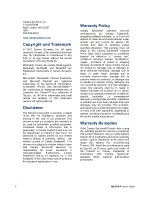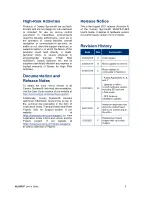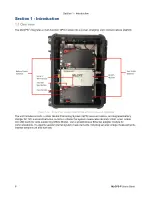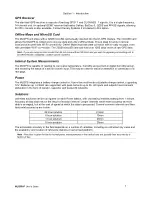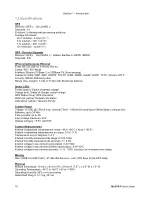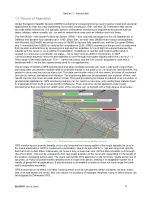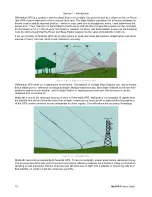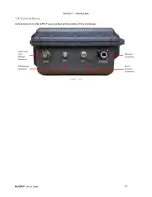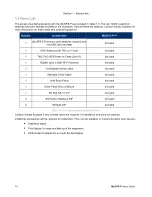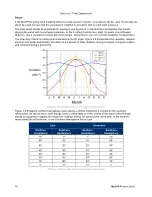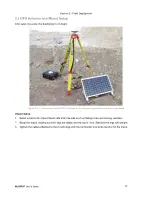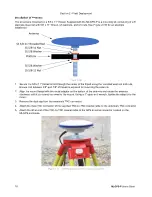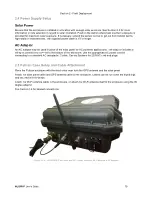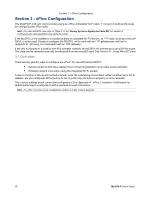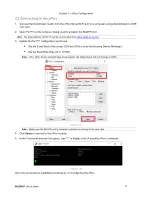
Section 1 - Introduction
MLGPS-P
User's Guide
7
GPS Receiver
The standard GPS receiver is capable of tracking GPS L1 and GLONASS L1 signals. It is a single-frequency,
14-channel unit. An optional OEM7 receiver that tracks Galileo, BeiDou-3, QZSS and IRNSS signals, allowing
for 555 channels is also available. Contact Canary Systems if interested in this option.
Offline Mode and MicroSD Card
The MLGPS unit ships with a 32GB microSD card already inserted into the MLGPS module. The microSD card
allows the MLGPS to collect and store raw data and utilize Offline Mode. This is ideal for units in remote
locations with unreliable Wi-Fi connectivity. Offline Mode improves data collection with virtually no gaps, even
with unreliable Wi-Fi connection. The 32GB microSD card can hold over 1200 days' worth of raw GPS data.
Hint - If you are using an older model that did not come with an SD Card and you wish to upgrade your existing unit to
be Offline Mode compatible, contact Canary Systems.
Internal System Measurements
The MLGPS is capable of reading its own panel temperature, humidity using a built-in digital humidity sensor,
and recording the status of a switch closure input. This may be used for intrusion detection or connection of a
rain gage.
Power
The MLGPS integrates a battery charge controller. It provides multi-mode adjustable charge control, supporting
12V. Batteries up to 24AHr are supported, with pass currents up to 2A. All inputs and outputs have transient
protection in the form of resistor, capacitor and transzorb networks.
Solutions
Unlimited solutions can be configured for each Rover station, with processing intervals starting from 1 minute.
Accuracy of data depends on the length of solution interval: Longer intervals mean more accuracy as more
data is averaged, but at the cost of speed at which the data is processed. Several common intervals and their
horizontal accuracies are below:
24 hour solution
2.5mm
6 hour solution
10mm
1 hour solution
20mm
15 min solution
25mm
The achievable accuracy in the field depends on a number of variables, including unobstructed sky views and
the availability and location of reference stations (need a fixed platform).
Note - Precision is given for the horizontal plane, measurements in the vertical axis are typically less accurate by a
faction of two.


